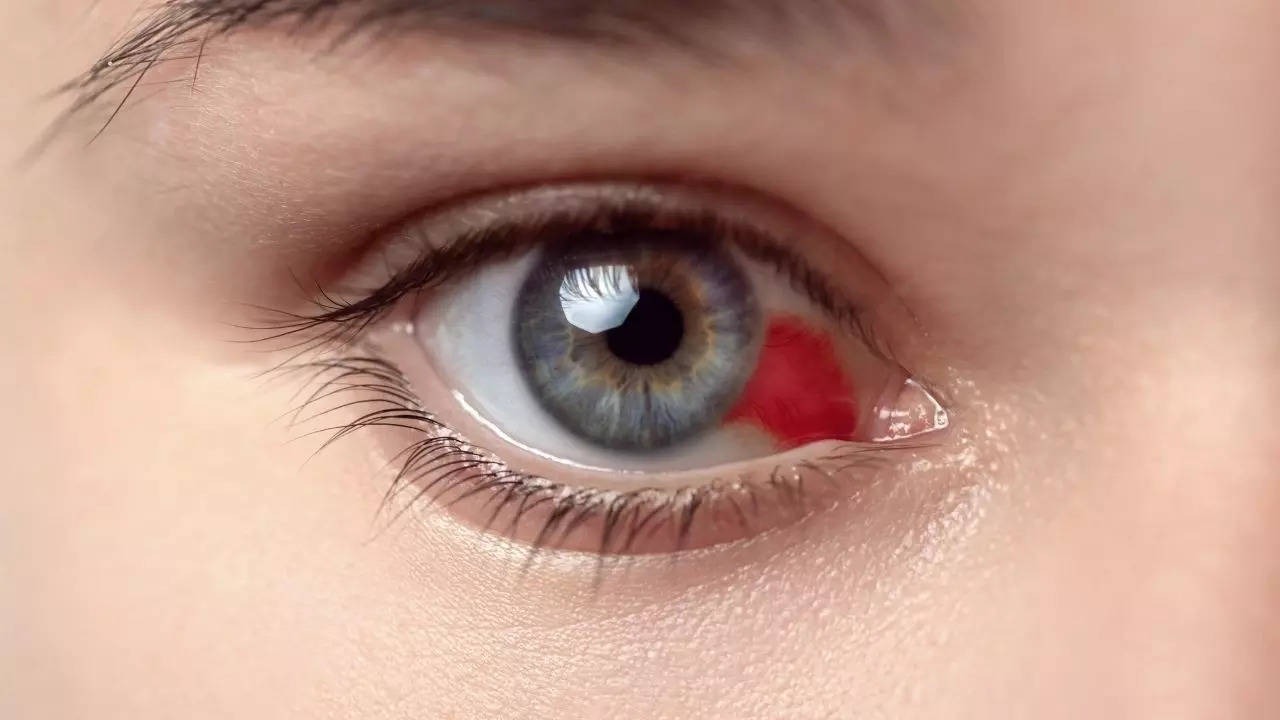Outbreak of Incurable ‘Bleeding Eye’ Virus Leads to Travel Warnings and Global Concern

Outbreak of Incurable ‘Bleeding Eye’ Virus Leads to Travel Warnings and Global Concern

The global health community is on high alert following the outbreak of a deadly virus ominously nicknamed the “Bleeding Eye” virus, officially known as the Marburg virus. This severe hemorrhagic fever has raised alarms due to its high fatality rate and alarming symptoms. As cases continue to rise in Rwanda, travel warnings have been issued, and concerns over its potential to spread are growing.
What Is the Marburg Virus?

The Marburg virus is a highly infectious disease belonging to the filovirus family, closely related to Ebola. It causes Marburg Virus Disease (MVD), characterized by severe hemorrhagic symptoms.
Key Facts:
- First identified in 1967 during laboratory outbreaks in Europe.
- Believed to originate from Egyptian fruit bats, which act as natural hosts.
- Transmission occurs through direct contact with bodily fluids, contaminated surfaces, or prolonged exposure to caves or mines inhabited by bats.
- Fatality rates range from 50% to 90%, making it one of the deadliest viruses.
Despite its dangers, there are currently no approved vaccines or antiviral treatments for MVD.
The Marburg Outbreak in Rwanda

Rwanda reported its first case of Marburg virus in September 2024, with the outbreak spreading rapidly. As of November 29, the country has recorded:
- 66 confirmed cases
- 15 fatalities
In response, the U.S. State Department issued a travel advisory urging caution for those visiting the region. Fortunately, with 75% of patients recovering, and no new cases reported for over 28 days, the World Health Organization (WHO) has initiated a 42-day countdown, aiming to declare the outbreak over by December 22, if no additional cases arise.
This outbreak follows recent cases in Ghana and Tanzania, emphasizing the virus’s persistent presence in Africa.
Symptoms of the Marburg Virus
The virus earns its nickname, “Bleeding Eye” virus, from its most distressing symptom—spontaneous bleeding from the eyes, gums, and other orifices.
Stages of Infection:
- Early Symptoms:
- High fever
- Severe headache
- Muscle aches
- Gastrointestinal distress (vomiting, diarrhea)
- Hemorrhagic Phase:
- Bleeding from the eyes, gums, and nose
- Internal bleeding
- Neurological symptoms (confusion, aggression)
- Fatal Outcomes:
- Multi-organ failure
- Shock and death within 8–9 days after symptom onset
Early detection is critical as the disease progresses rapidly, leaving little room for treatment interventions.
How Is the Virus Transmitted?

The primary reservoir of the Marburg virus is the Egyptian rousette bat. Human infections typically occur through exposure to bat-infested areas or contact with infected animals like monkeys.
Modes of Transmission:
- Human-to-Human: Direct contact with bodily fluids (blood, saliva, urine)
- Surface Contamination: Contact with contaminated medical equipment or bedding
- Wildlife Exposure: Handling infected bats or primates
Preventative Measures:
- Wear protective clothing when in high-risk areas
- Avoid direct contact with bats and primates
- Practice strict hygiene when caring for infected individuals
Travel Warnings and Global Impact

Travelers to Rwanda have been advised to exercise caution, with specific warnings to:
- Avoid burial rituals and close contact with infected individuals.
- Steer clear of bat-infested caves and mining areas.
- Expect additional health screenings at airports and borders.
While the Centers for Disease Control and Prevention (CDC) considers the risk to the U.S. to be low, health authorities remain vigilant to prevent potential spread beyond Africa.
Lessons learned from previous outbreaks, such as the 2014 Ebola epidemic, highlight the need for swift containment measures.
Is There a Cure for Marburg Virus?
Currently, no approved vaccines or antiviral treatments exist for the Marburg virus. However, researchers at institutions like Oxford University are actively exploring potential vaccines, though they remain in early trial phases.
Current Treatment Options:
- Supportive care, including rehydration therapy
- Management of symptoms to improve survival rates
- Experimental treatments under clinical trials
Preventing the Spread of Marburg Virus

Preventing the spread of the Marburg virus relies heavily on public health interventions and individual precautions.
Key Prevention Strategies:
- Avoiding Exposure: Stay away from caves, bats, and infected animals.
- Safe Burial Practices: Limit direct contact with deceased individuals.
- Isolation of Suspected Cases: Rapid containment through quarantine.
- Personal Protection: Wear masks and gloves when caring for infected individuals.
For travelers, the CDC recommends following health advisories and avoiding high-risk activities.
The Importance of Vigilance and Future Preparedness
The Marburg virus serves as a stark reminder of the ongoing threats posed by emerging infectious diseases. While the current outbreak in Rwanda may be nearing containment, global health agencies must remain vigilant to prevent future occurrences.
Lessons Learned:
- Investing in global health infrastructure is critical.
- Timely response and containment strategies are key.
- Continued research on vaccines and treatments must be prioritized.
As Dr. Marc Siegel notes, “Marburg is one of the deadliest viruses that infect humans,” but with vigilance and coordinated efforts, the threat can be managed effectively.
Conclusion
The ongoing outbreak of the Marburg virus highlights the delicate balance of global health and the importance of preparedness. Staying informed, adhering to public health measures, and supporting research efforts remain crucial in combating this deadly disease.
Please SHARE this article with your family and friends to spread awareness about the Marburg virus and its risks.
Comments
Post a Comment